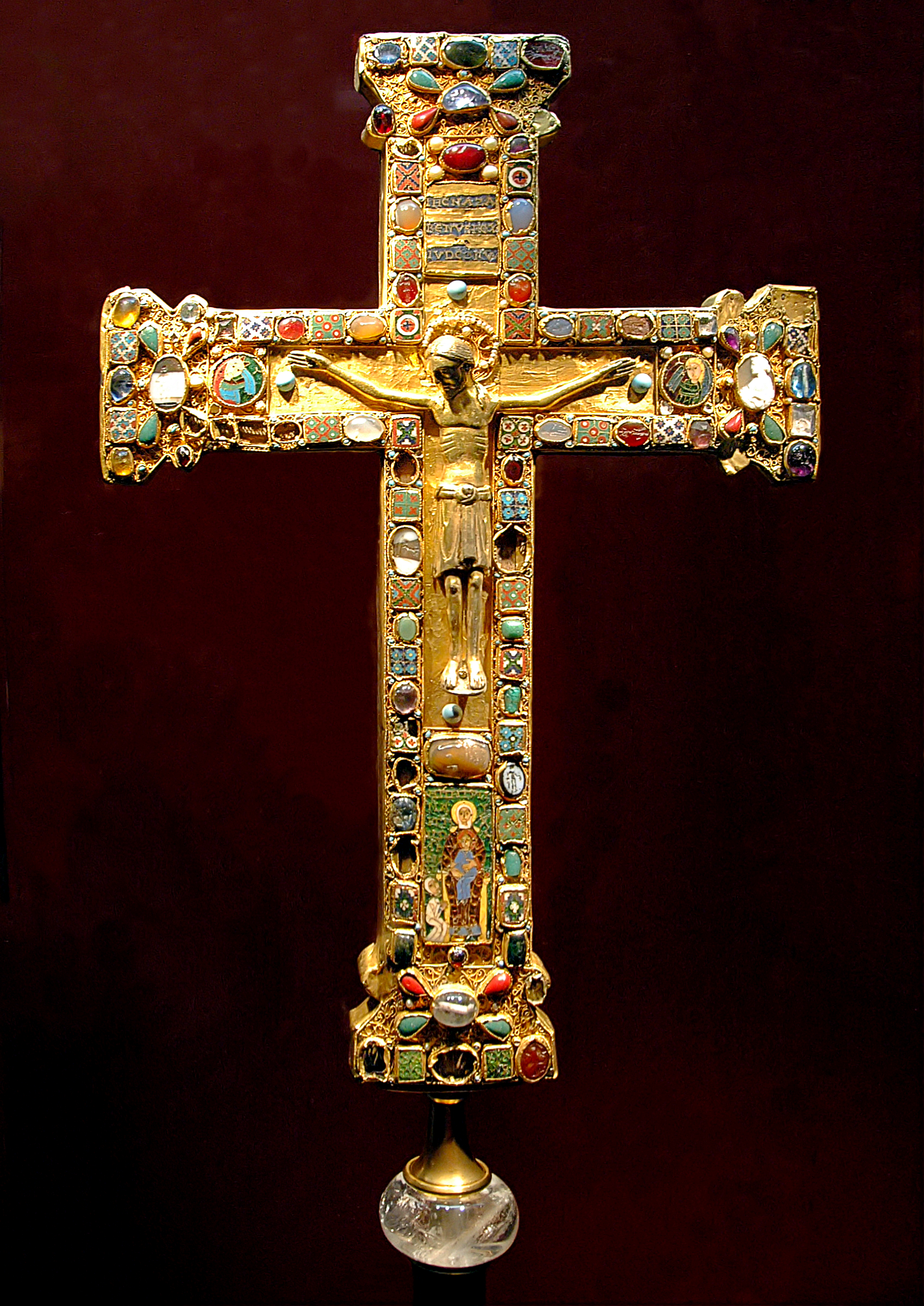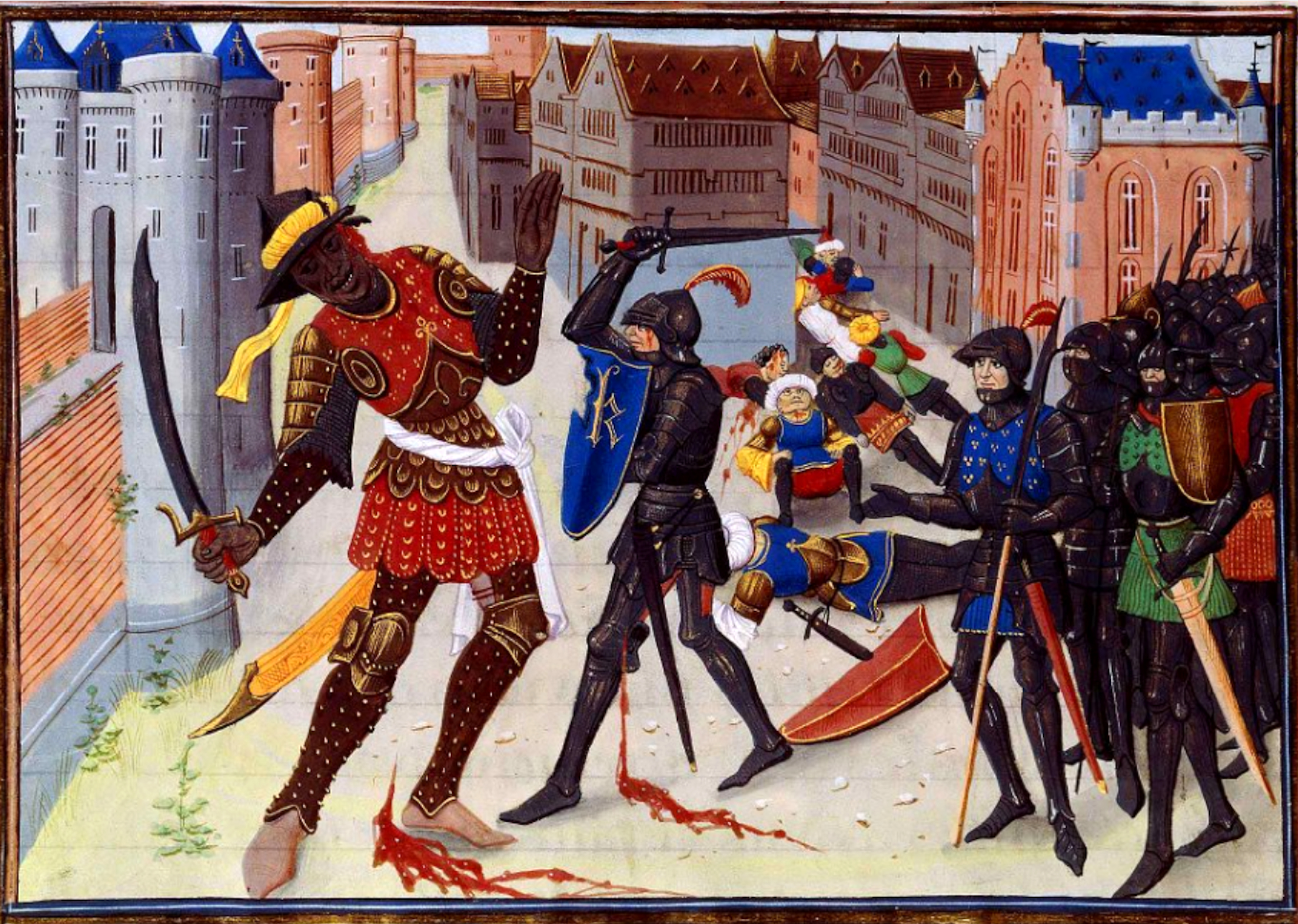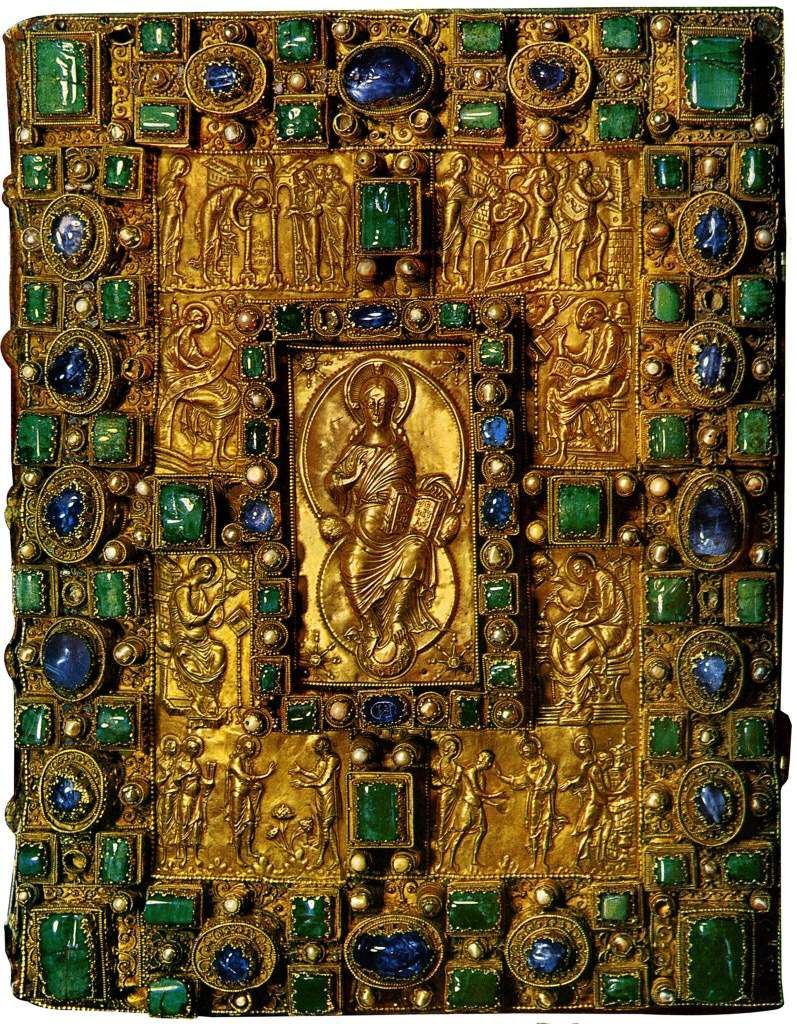|
Lago (commune)
Lago ( Laghitano: ) is a ''comune'' in the province of Cosenza, Calabria, in southern Italy. It is located 42 kilometers from the city of Cosenza. Geography and topography Lago is located in the mountainous interior of the Cosenza Province, near the slopes of Monte Cocuzzo. Despite being sited in mountainous territory, the higher elevations of the city offer views of the nearby coastline, including Stromboli. It regularly snows in Lago in the winter. History Prehistory and ancient era The pre-historic tribe living in Cosenza called themselves the "Itali" and it was from them where Italy drew its name. They called their land, "Viteliu," which means "land of the life-giving calf." Around 500 B.C., these Italic tribes were conquered by and merged into another Italic tribe called the Bretti (Latin Brutti), who named their country "Brettiōn." They were a rebellious offshoot of the Lucanians, and their name may mean "renegades." They spoke Oscan, and named Cosenza (then ... [...More Info...] [...Related Items...] OR: [Wikipedia] [Google] [Baidu] |
Calabria
, population_note = , population_blank1_title = , population_blank1 = , demographics_type1 = , demographics1_footnotes = , demographics1_title1 = , demographics1_info1 = , demographics1_title2 = , demographics1_info2 = , demographics1_title3 = , demographics1_info3 = , timezone1 = CET , utc_offset1 = +1 , timezone1_DST = CEST , utc_offset1_DST = +2 , postal_code_type = , postal_code = , area_code_type = ISO 3166 code , area_code = IT-78 , blank_name_sec1 = GDP (nominal) , blank_info_sec1 = €33.3 billion (2018) , blank1_name_sec1 = GDP per capita , blank1_info_sec1 = €17,000 (2018) , blank2_name_sec1 = HDI (2018) , blank2_info_sec1 = 0.845 · 20th of 21 , blank_name_sec2 = NUTS Region , blank_info_sec2 = ITF , website ... [...More Info...] [...Related Items...] OR: [Wikipedia] [Google] [Baidu] |
Alexander Of Epirus
Alexander I of Epirus ( grc, Ἀλέξανδρος Α'; c. 371 BC – 331 BC), also known as Alexander Molossus (), was a king of Epirus (343/2–331 BC) of the Aeacid dynasty.Ellis, J. R., ''Philip II and Macedonian Imperialism'', Thames and Hudson, 1976, pp. 90–1, 156–7 As the son of Neoptolemus I and brother of Olympias, Alexander I was an uncle, and a brother-in-law, of Alexander the Great. He was also an uncle of Pyrrhus of Epirus, ( Aeacides of Epirus was a cousin of Alexander I and the father of Pyrrhus). Life Neoptolemus I ruled jointly with his brother Arybbas. When Neoptolemus died in c. 357 BC, his son Alexander was only a child and Arrybas became the sole king. In c. 350 BC, Alexander was brought to the court of Philip II of Macedon in order to protect him. In 343/2 in his late 20s, Philip made him king of Epirus, after dethroning his uncle Arybbas. When Olympias was repudiated by her husband in 337 BC, she went to her brother, and endeavoured ... [...More Info...] [...Related Items...] OR: [Wikipedia] [Google] [Baidu] |
Longobardi, Calabria
Longobardi is a town and '' comune'' in the province of Cosenza, part of the Calabria region of southern Italy. It is located between the Tyrrhenian Sea and the Monte Cocuzzo, one of the highest peaks in the area. Main sights include the church of St. Francis, the Collegiata and the ''Palazzo Pellegrini'' with a notable staircase. Notable people * Saint Nicola Saggio Nicola Saggio was an Italian Roman Catholic professed oblate of the Order of Minims. He was beatified on 17 September 1786 and was canonized as a saint of the Roman Catholic Church on 23 November 2014.Announcement during the consistory of 12 J ..., Minim, (1650-1709) who was canonized on the 23 November 2014 References External links Official websiteon http://www.telecosenza.it Cities and towns in Calabria Populated coastal places in Italy {{Calabria-geo-stub ... [...More Info...] [...Related Items...] OR: [Wikipedia] [Google] [Baidu] |
Middle Ages
In the history of Europe, the Middle Ages or medieval period lasted approximately from the late 5th to the late 15th centuries, similar to the post-classical period of global history. It began with the fall of the Western Roman Empire and transitioned into the Renaissance and the Age of Discovery. The Middle Ages is the middle period of the three traditional divisions of Western history: classical antiquity, the medieval period, and the modern period. The medieval period is itself subdivided into the Early Early may refer to: History * The beginning or oldest part of a defined historical period, as opposed to middle or late periods, e.g.: ** Early Christianity ** Early modern Europe Places in the United States * Early, Iowa * Early, Texas * Early ..., High Middle Ages, High, and Late Middle Ages. Population decline, counterurbanisation, the collapse of centralized authority, invasions, and mass migrations of tribes, which had begun in late antiquity, continued i ... [...More Info...] [...Related Items...] OR: [Wikipedia] [Google] [Baidu] |
Malaria
Malaria is a mosquito-borne infectious disease that affects humans and other animals. Malaria causes symptoms that typically include fever, tiredness, vomiting, and headaches. In severe cases, it can cause jaundice, seizures, coma, or death. Symptoms usually begin ten to fifteen days after being bitten by an infected mosquito. If not properly treated, people may have recurrences of the disease months later. In those who have recently survived an infection, reinfection usually causes milder symptoms. This partial resistance disappears over months to years if the person has no continuing exposure to malaria. Malaria is caused by single-celled microorganisms of the '' Plasmodium'' group. It is spread exclusively through bites of infected '' Anopheles'' mosquitoes. The mosquito bite introduces the parasites from the mosquito's saliva into a person's blood. The parasites travel to the liver where they mature and reproduce. Five species of ''Plasmodium'' can infect and be spr ... [...More Info...] [...Related Items...] OR: [Wikipedia] [Google] [Baidu] |
Latin
Latin (, or , ) is a classical language belonging to the Italic branch of the Indo-European languages. Latin was originally a dialect spoken in the lower Tiber area (then known as Latium) around present-day Rome, but through the power of the Roman Republic it became the dominant language in the Italian region and subsequently throughout the Roman Empire. Even after the fall of Western Rome, Latin remained the common language of international communication, science, scholarship and academia in Europe until well into the 18th century, when other regional vernaculars (including its own descendants, the Romance languages) supplanted it in common academic and political usage, and it eventually became a dead language in the modern linguistic definition. Latin is a highly inflected language, with three distinct genders (masculine, feminine, and neuter), six or seven noun cases (nominative, accusative, genitive, dative, ablative, and vocative), five declensions, four ... [...More Info...] [...Related Items...] OR: [Wikipedia] [Google] [Baidu] |
Saracens
upright 1.5, Late 15th-century German woodcut depicting Saracens Saracen ( ) was a term used in the early centuries, both in Greek and Latin writings, to refer to the people who lived in and near what was designated by the Romans as Arabia Petraea and Arabia Deserta. The term's meaning evolved during its history of usage. During the Early Middle Ages, the term came to be associated with the tribes of Arabia. The oldest known source mentioning "Saracens" in relation to Islam dates back to the 7th century, in the Greek-language Christian tract ''Doctrina Jacobi''. Among other major events, the tract discusses the Muslim conquest of the Levant, which occurred after the rise of the Rashidun Caliphate following the death of the Islamic prophet Muhammad. The Roman-Catholic church and European Christian leaders used the term during the Middle Ages to refer to Muslims—usually Arabs, Turks, and Iranians. By the 12th century, "Saracen" had become synonymous with "Muslim" in Medieva ... [...More Info...] [...Related Items...] OR: [Wikipedia] [Google] [Baidu] |
Early Middle Ages
The Early Middle Ages (or early medieval period), sometimes controversially referred to as the Dark Ages, is typically regarded by historians as lasting from the late 5th or early 6th century to the 10th century. They marked the start of the Middle Ages of European history, following the decline of the Western Roman Empire, and preceding the High Middle Ages ( 11th to 13th centuries). The alternative term '' late antiquity'', for the early part of the period, emphasizes elements of continuity with the Roman Empire, while ''Early Middle Ages'' is used to emphasize developments characteristic of the earlier medieval period. The period saw a continuation of trends evident since late classical antiquity, including population decline, especially in urban centres, a decline of trade, a small rise in average temperatures in the North Atlantic region and increased migration. In the 19th century the Early Middle Ages were often labelled the ''Dark Ages'', a characterization base ... [...More Info...] [...Related Items...] OR: [Wikipedia] [Google] [Baidu] |
Aiello Calabro
Aiello Calabro is a town and ''comune'' in the province of Cosenza in the Calabria region of southern Italy. See also * Savuto river * 1905 Calabria earthquake Striking southern Italy on September 8, the 1905 Calabria earthquake had a moment magnitude of 7.2 and a maximum Mercalli intensity of XI (''Extreme''). The first major earthquake of the 20th century, it severely damaged parts of Lipari, Messina ... External links * Website Idem Cities and towns in Calabria {{Calabria-geo-stub ... [...More Info...] [...Related Items...] OR: [Wikipedia] [Google] [Baidu] |
San Lucido
San Lucido ( Calabrian: ) is a town and ''comune'' in the province of Cosenza in the Calabria region of southern Italy. Geography The municipality borders with Falconara Albanese, Marano Marchesato, Marano Principato, Paola Paola is a female given name, the Italian form of the name Paula. Notable people with the name include: People In arts and entertainment *Paola Del Medico (born 1950), Swiss singer *Paola e Chiara, pop music duo consisting of two sisters born i ..., Rende and San Fili. It counts the hamlets ('' frazioni'') of Acqua Bianca, Acqualeone, Cerasuolo, Deuda, Granoriso, Miccisi, Pollella, Puppa, San Giovanni, Santa Lucia and Varco. Economy San Lucido is one of the few towns in the area where the town itself is close to the sea. Most of the other towns in the area have the old town or "centro storico" 2–5 km back from the sea and a new "marina" area with new build apartments and shops closer to the sea. Whilst the tourism in the area has suffered since ... [...More Info...] [...Related Items...] OR: [Wikipedia] [Google] [Baidu] |
Figline Vegliaturo
Figline Vegliaturo is a town and ''comune'' in the province of Cosenza in the Calabria region of southern Italy. It is the birthplace of singer Rocco Granata Rocco Granata (born 16 August 1938) is an Italian-Belgian singer, songwriter, and accordionist. Granata was born in Figline Vegliaturo, Calabria, southern Italy; but his parents immigrated to Belgium when he was aged ten. Rocco's father was a co .... References Cities and towns in Calabria {{Calabria-geo-stub ... [...More Info...] [...Related Items...] OR: [Wikipedia] [Google] [Baidu] |
Amantea
Amantea ( Calabrian: ; ) is a town, former bishopric, ''comune'' (municipality) and Latin Catholic titular see in the province of Cosenza in the Calabria region of southern Italy. It is the twentieth municipality in the region by population, while for population density it is ranked twenty-fourth place. It is a tourist centre on the southern Tyrrhenian Sea coast. History Amantea appears as a centre of its own in the 7th century, although traces of human presence from pre-historical times onwards have been found in the area. In 839 the Arabs captured it, being ousted by the Byzantines in 889. Later it was under Norman domination. In 1269 the Amanteani rebelled against the Angevines in the name of Conradin of Hohenstaufen, but were besieged by the French and defeated. In 1638, an earthquake destroyed the town. The town is mostly known for the long resistance of its inhabitants against the French troops under Joseph Bonaparte who, in 1806–1807, attempted to conquer its castle. ... [...More Info...] [...Related Items...] OR: [Wikipedia] [Google] [Baidu] |





